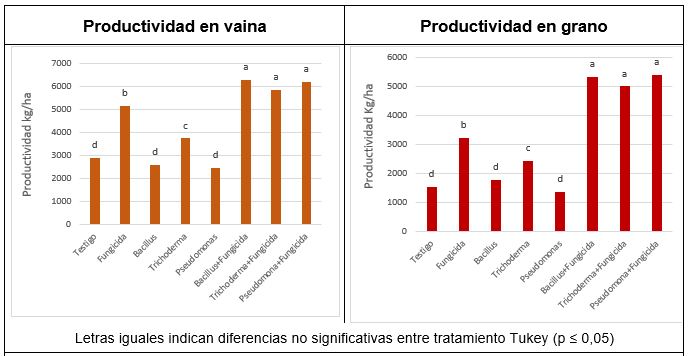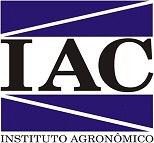Effect of combined treatments of microorganisms more fungicide on seeds peanuts
DOI:
https://doi.org/10.17648/sas.v1i2.53Keywords:
Biological control, Combined treatments, Yield, QualityAbstract
1
ÂControl of diseases associated with peanut seeds is usually carried out by chemical fungicides. However, these treatments are inefficient and their indiscriminate use represents a risk for the sustainability of the production system. The objective of this work was to evaluate the effect of the combined application of microorganisms (Bacillus subtilis, Trichoderma harzianum, Pseudomona putida) plus fungicide as a pre-sowing practice in peanuts. The field trials were at the FCA UNC Peanut Module according to the normal management to obtain marketable grain. The following treatments were sown: Control, Fungicide, B. subtilis, T. harzianum, P. putida and their respective combinations with fungicide. The variables evaluated were: Emergence of plants in the field at 15 and 30 days from sowing, Initial growth, Yield in pod and grain and Grain Quality. The design was in complete random blocks, with four repetitions. The data were subjected to analysis of variance and the mean values compared by Tukey's test (p ≤ 0.05). According to the results, the combined application of biologicals plus fungicide increased the emergence and growth of the plants at 30 days from sowing. At the end of the cycle (165 days), higher grain and pod yields were recorded, without modifying their grain quality. The additive effect of microorganisms plus fungicide due to its high compatibility allowed the control of pathogens and favored the formation of pods and grains, increasing yields.
Downloads

Downloads
Published
How to Cite
Issue
Section
License
Autores concordam com os seguintes termos:
a) Os autores mantêm os direitos autorais e concedem à revista o direito de primeira publicação, com o trabalho simultaneamente licenciado sob a LicençaAttribution-NonCommercial-ShareAlike 4.0 International, que permite o compartilhamento do trabalho com reconhecimento da autoria e publicação inicial na Revista SAS. A licença permite o uso, a distribuição e a reprodução irrestrita, em qualquer meio, desde que devidamente citada a fonte. Essa licença permite também que outros remixem, adaptem e criem a partir do seu trabalho para fins não comerciais, desde que atribuam a você o devido crédito e que licenciem as novas criações sob termos idênticos.
b) Não cabe aos autores compensação financeira a qualquer título, por artigos ou resenhas publicados na South American Sciences.
c) Os conceitos expressos nos artigos publicados na South American Sciences são de inteira responsabilidade de seus autores.








